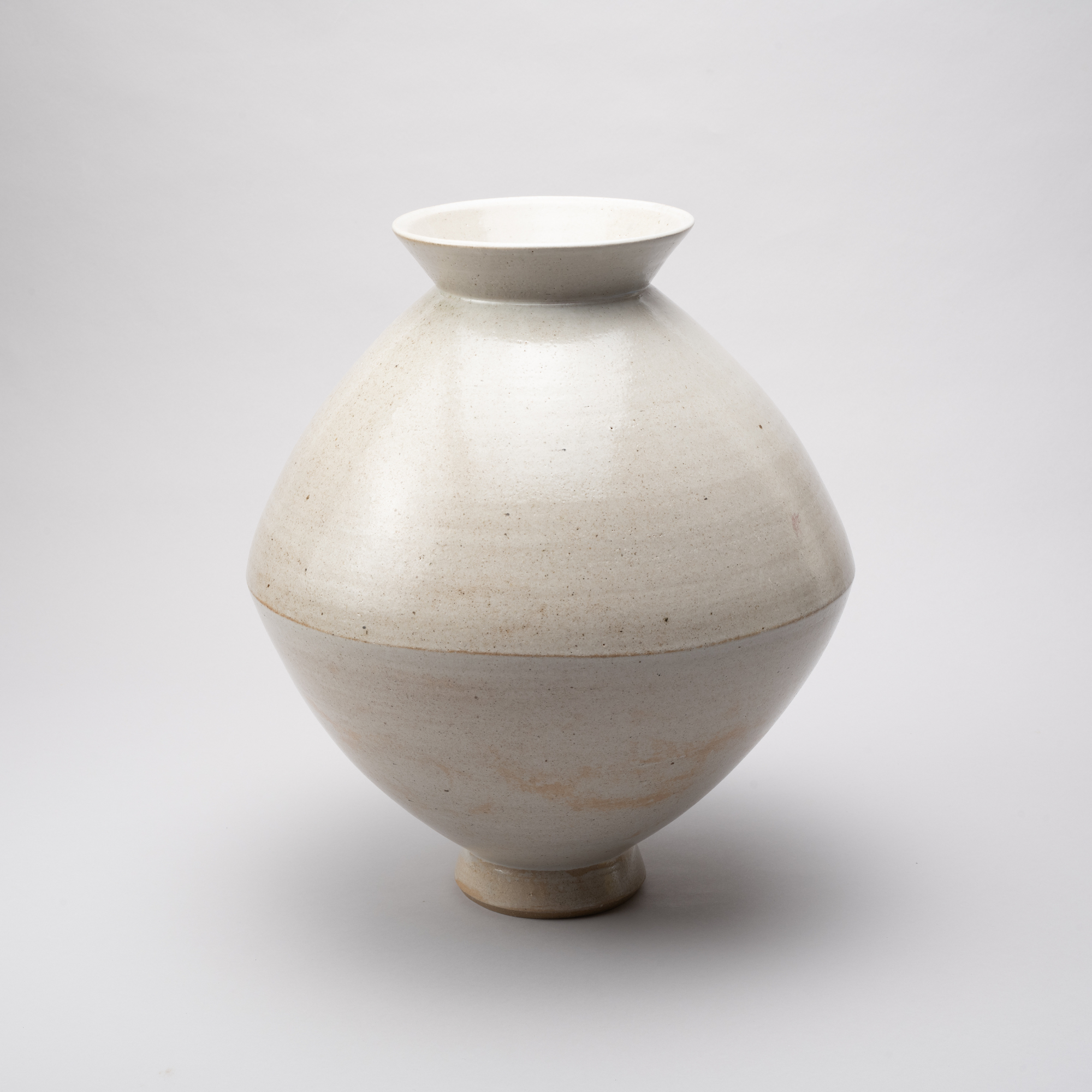
Young-Jae LEE
Vessels are Sculptures
李英才 | 器は彫刻である
3 - 24 January 2022
VIEWING ROOM
Clients who are unable to visit the gallery in person can see the works of Young-Jae LEE in the VIEWING ROOM. Please have a look and feel free to contact us if you wish to make a purchase.
Shopping via ZOOM
For guests wishing to inquire more about exhibition pieces or works from our permanent collection, we invite you to send an email and schedule a consultation via ZOOM.
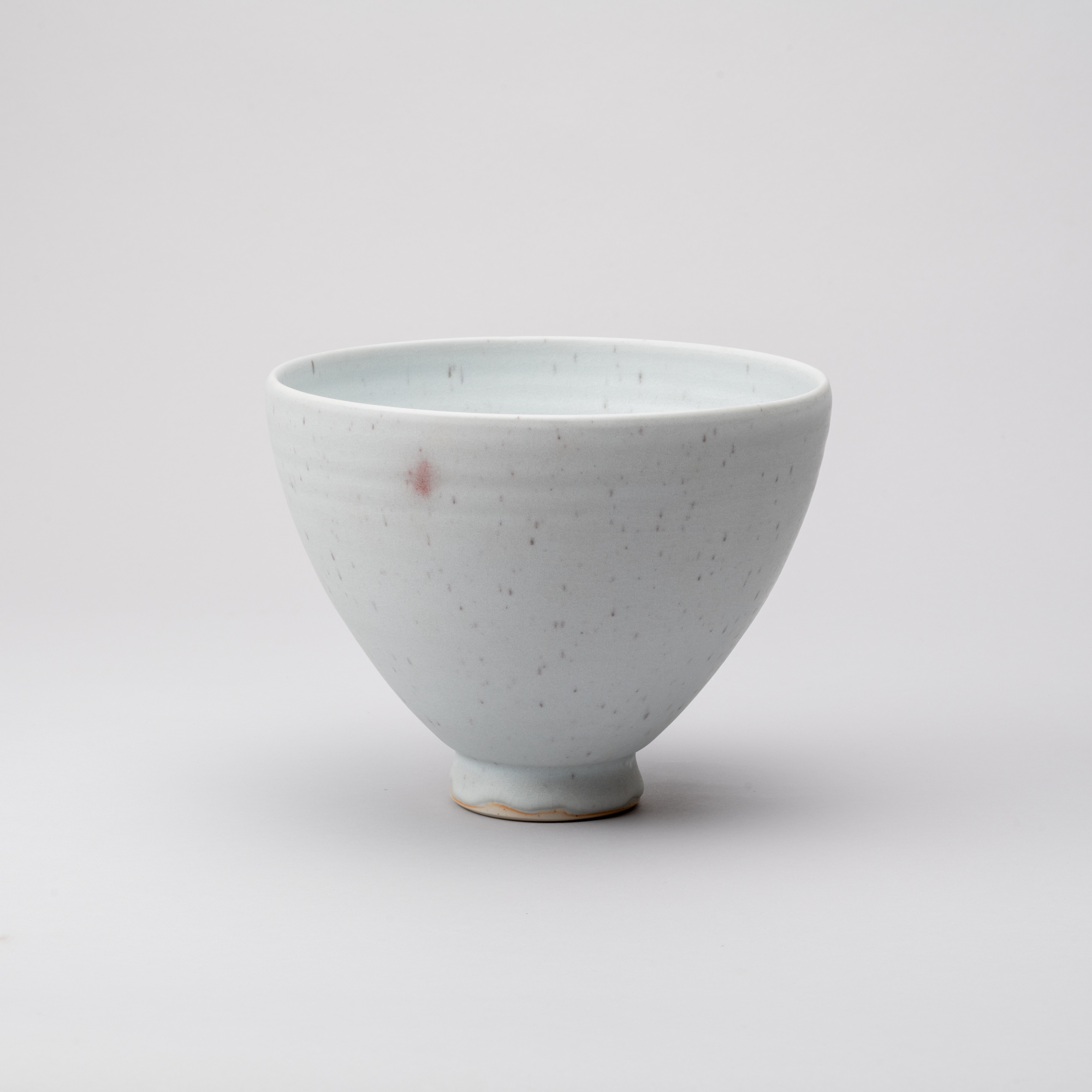 Spitz bowl
Spitz bowl
At first glance Young-Jae Lee’s ceramics look like traditional vases, bowls, and teacups. But there is no sign of a longing for the earthen taste of clay or for the aesthetics of antique pottery at their core. The centrifugal force of the spinning potters wheel pushes the clay outward. The potter’s strong hands counter the force. As the clay tries to escape outwards the potter’s hands work it back towards the center. Through the thoughtful and intuitive play of the two forces, the clay takes on an inspired shape. Young-Jae Lee has been deeply fascinated by the interaction of these two forces and has made them her lifework for the last 50 years.
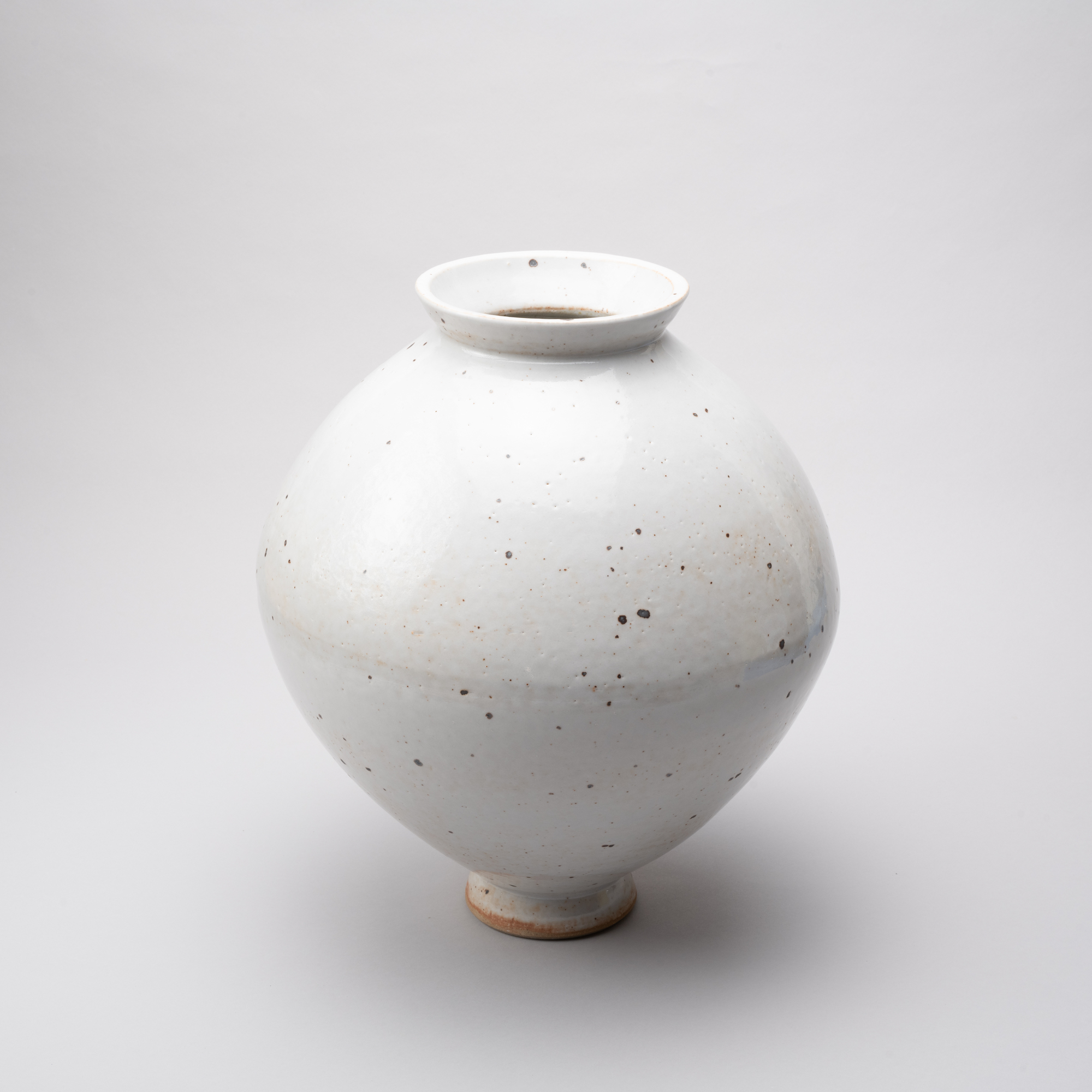 Spindle shaped vase
Spindle shaped vase
The shape of a ceramic vessel is like a human figure, she says. The clay rises up, empties its core, and opens its mouth to the sky. Its outline swells as the void expands from inside. The lines of her vessels are both sharp and soft, tensed but relaxed at the same time. Fired at 1280°C, each ceramic is a solid piece of willpower, but remains open to accept anything without reserve and radiates a sense of warm generosity.
Young-Jae Lee’s ceramics are sculptures. In looking at them they take us to another time and space. Young-Jae Lee’s life evolved between Germany and Korea. In her ceramic art the differing aesthetic ideals and contrasting ideas about the connection between life and art in the East and the West intersect in manifold unique ways.
Our exhibition will focus on four different shapes. Most of the works were shown in the 2019 exhibition “YOUNG-JAE LEE – Emptying, Filling, and Emptying” at the Kwangju Art Museum in Korea. We will also show some tableware from the Ceramic Workshop Margaretenhöhe, where Lee is the director.
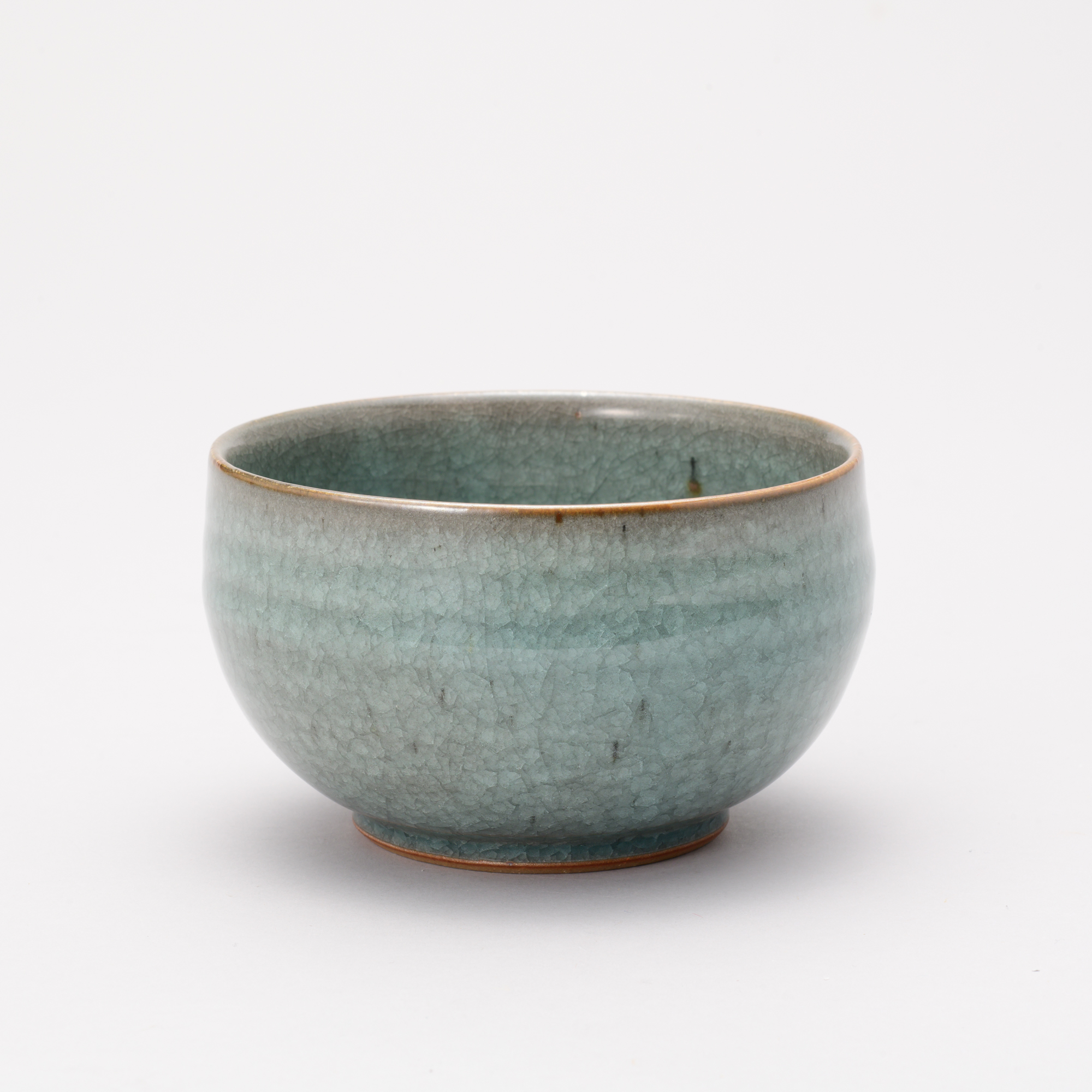 Tea bowl
Tea bowl
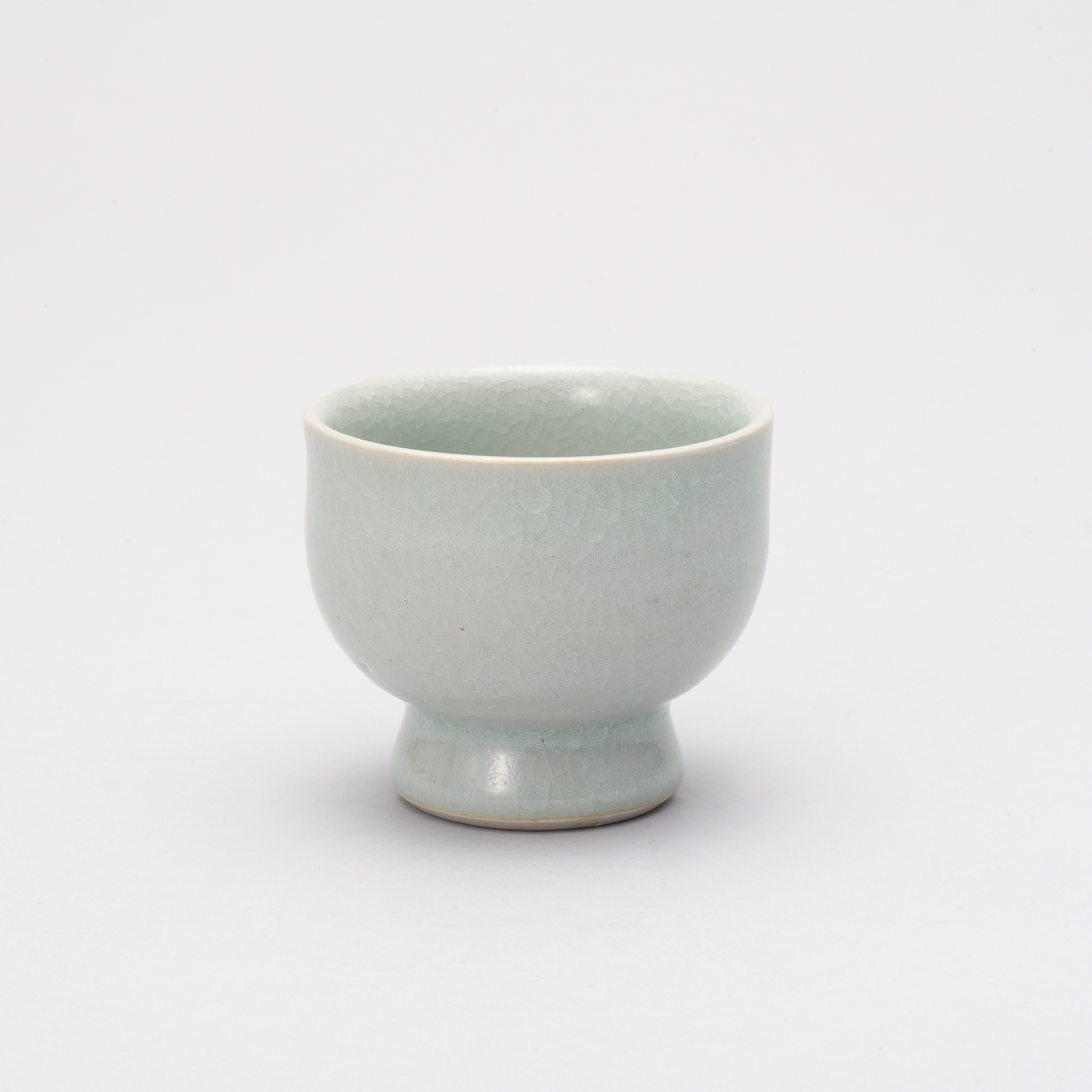 Foot bowl
Foot bowl
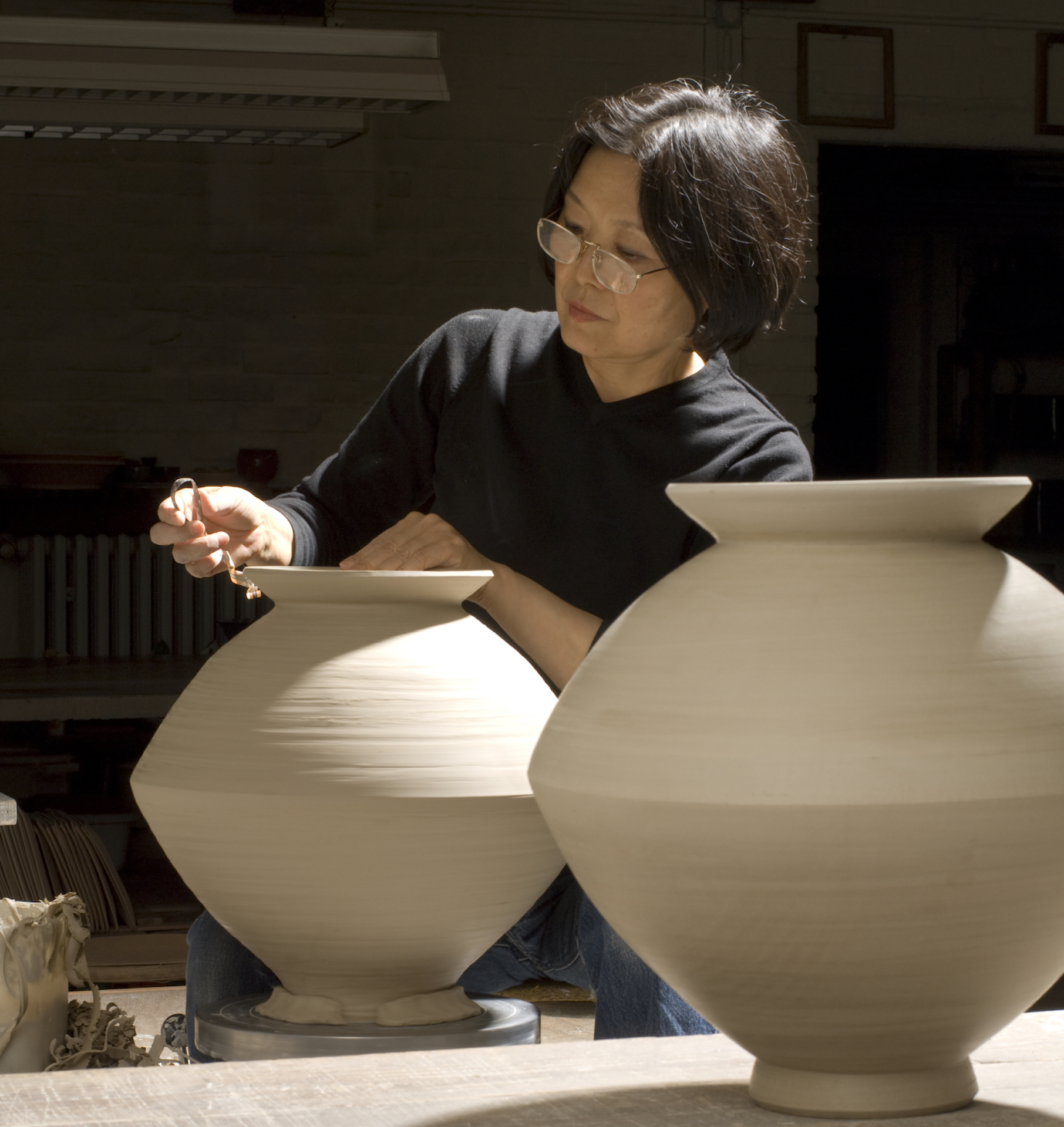
Young-Jae Lee | 李 英才
Born in Seoul in 1951. After majoring in fine arts at Soo Do Women’s University in Seoul, she looked for a place to train as a potter in Korea, but at the time there were no workshops that would take a woman as an apprentice, so she decided to move to Germany where she apprenticed with Christine Tappermann. After graduating in 1978, she set up her own workshop in Sandhausen, near Heidelberg. In 1987, she became the head of the Ceramic Workshop Margaretenhöhe in Essen. The workshop was founded in 1924 under the influence of the Bauhaus and is one of the oldest ceramic workshops in Germany. Together with the artisans of the workshop, Lee began to develop functional, high quality handmade tableware that matched the modern aesthetic. The series was well received in Europe as a well-balanced fusion of east and west. For this achievement the workshop received numerous awards. In addition to her duties as the head of the workshop, Lee has been refining her own specific artistic expression through her ceramics. She works mainly with cylindrical and spherical shapes in a minimalistic way. She throws vases and bowls on a potter’s wheel and fires them in a wood-fired kiln of her own design. The focus of Young Jae Lee’s art is to view the vessel as a sculptural work, drawing on the ancient pottery traditions of Europe and East Asia. In 2016, she was awarded an honorary doctorate from the Eugeniusz Geppert Academy of Art and Design in Wrocła, Poland.
For a detailed list of her exhibitions and works in collections, please refer to the website of the Keramische Werkstatt Margaretenhöhe.
Public collections
Museum of Asian Art, Berlin (Link)
Boston Museum of Fine Arts, Boston (Link)
Art Institute of Chicago, Chicago (Link)
Hetjens-Museum, Düsseldorf (Link)
Museum of Applied Art, Frankfurt am Main (Link)
Keramion, Frechen (Link)
Museum of Applied Art, Gera (Link)
Museum of Arts and Crafts, Hamburg (Link)
Israel Museum of Jerusalem, Jerusalem (Link)
Baden State Museum, Karlsruhe (Link)
Museum of East Asian Art, Cologne (Link)
Saint Peter Art Center, Cologne (Link)
Grassi Museum/Museum of Arts and Crafts, Leipzig (Link)
Pinakothek der Moderne, Munich (Link)
St. Klara, Nürnberg (Link)
Philadelphia Museum of Art, Philadelphia (Link)
Peabody Essex Museum, Salem, Massachusetts (Link)
Austrian Museum of Applied Arts, Vienna, Austria (Link)